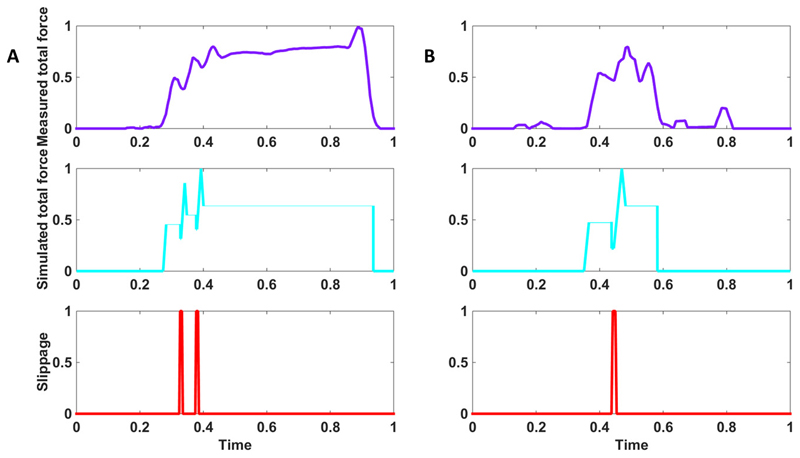Figure 2. Grasp force from the model vs. the measured force from the amputee.
Closed-loop control with neural feedback in power (A) and precision (B) grasps. Sensors embedded in the object measured the normal component of the force (violet) and, after online processing, provided the slippage signal (red). The participant modulated the level of force, after feeling slippage through neural stimulation. Therefore, a stable grasp was achieved up to the end of the trial and the release of the object. The normal component of the force extracted from the model for the same perturbation condition is shown in light blue. All the traces are normalized with respect to the maximum forces exerted by the hand (i.e. 7.33 N for power grasp and 3.96 for precision grasp) and maximum time duration (i.e. 26.90 s for power grasp and 19.35s for precision grasp.

